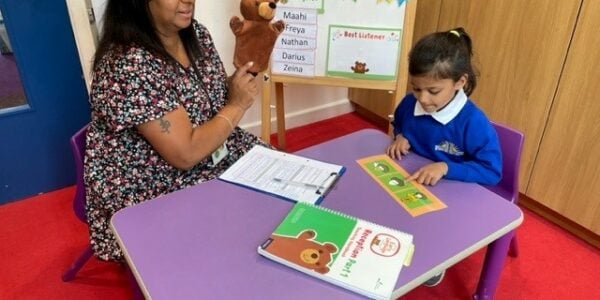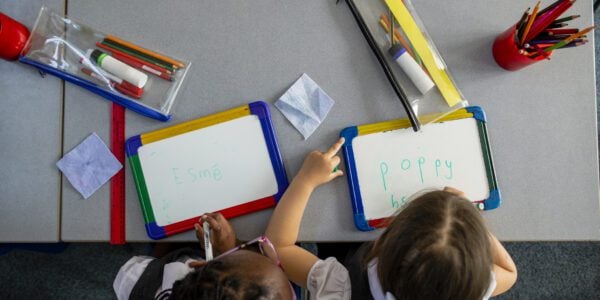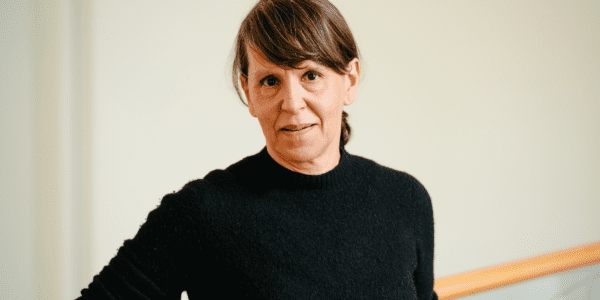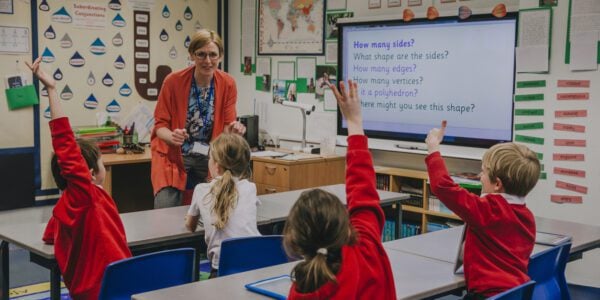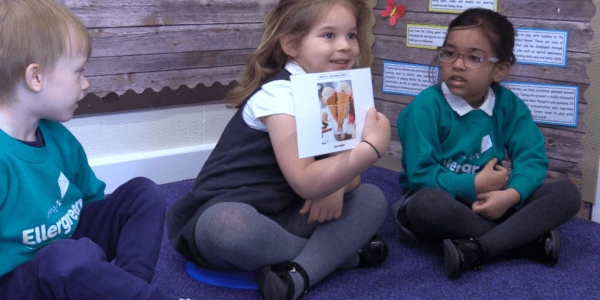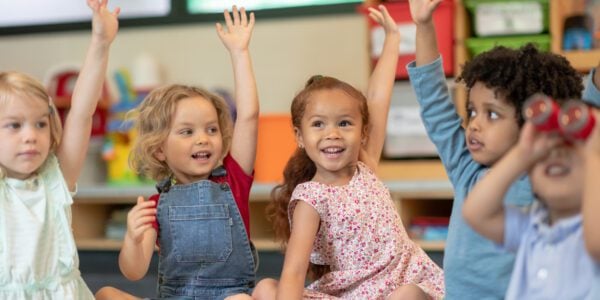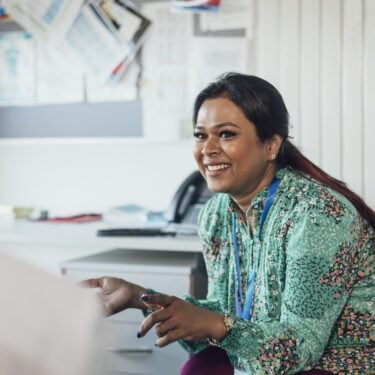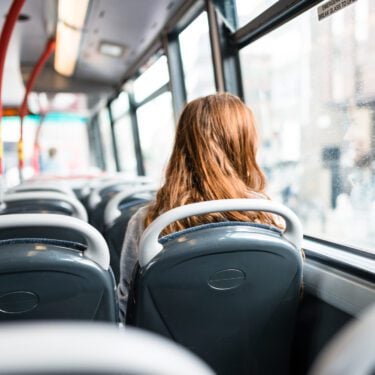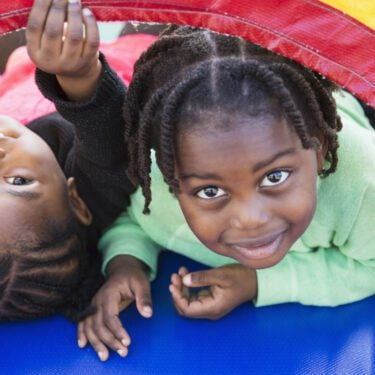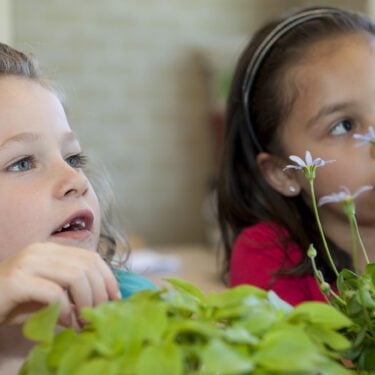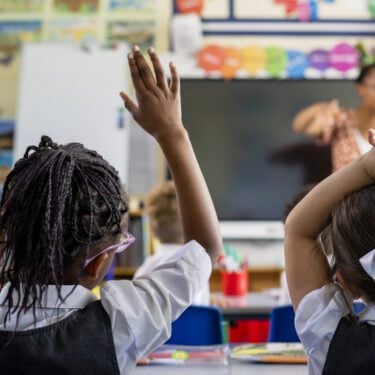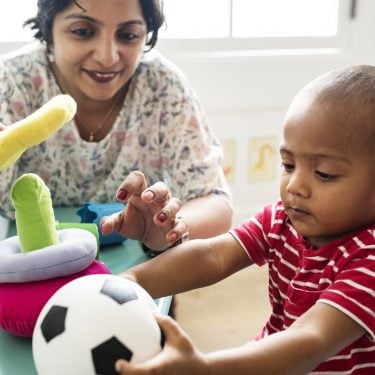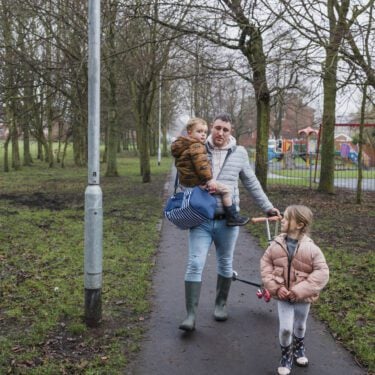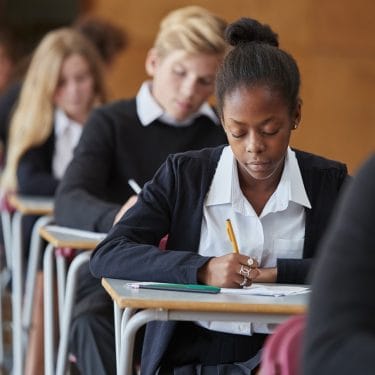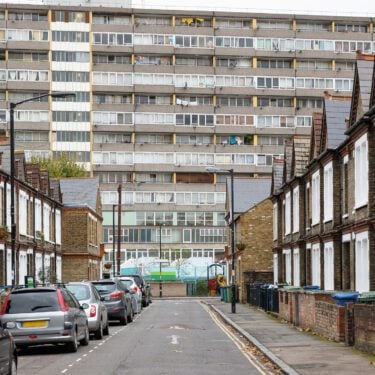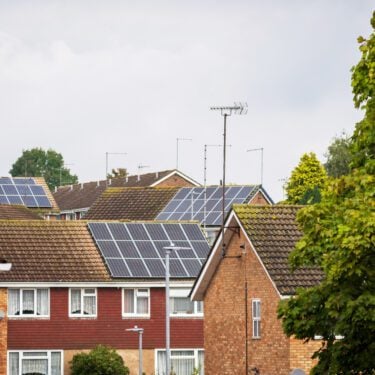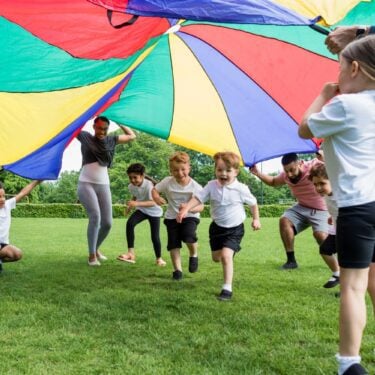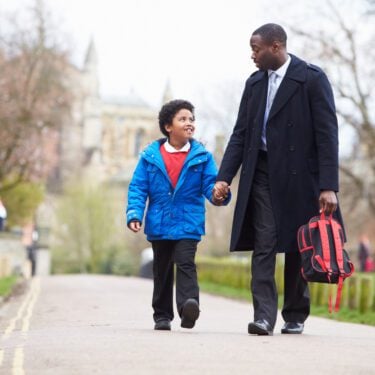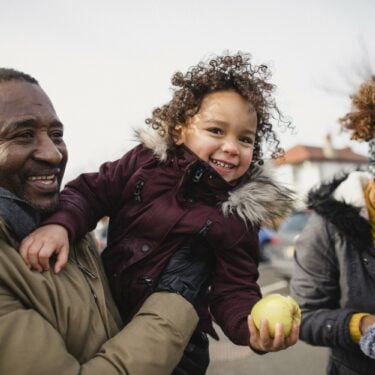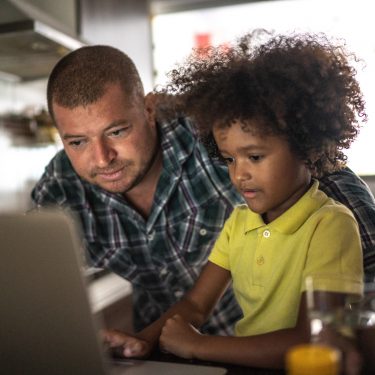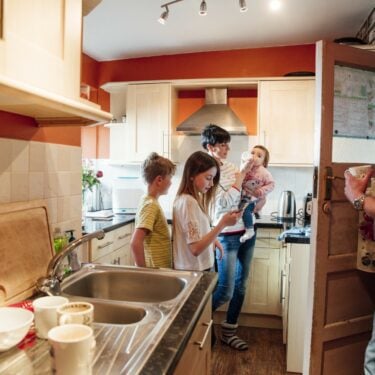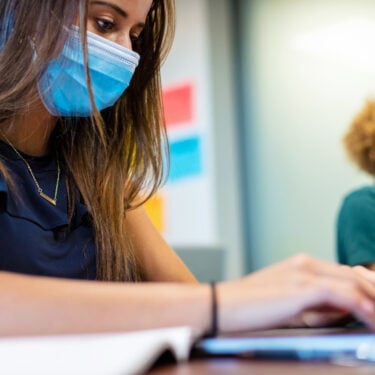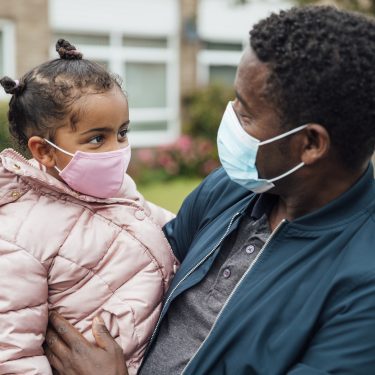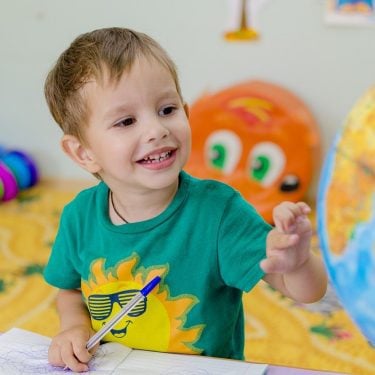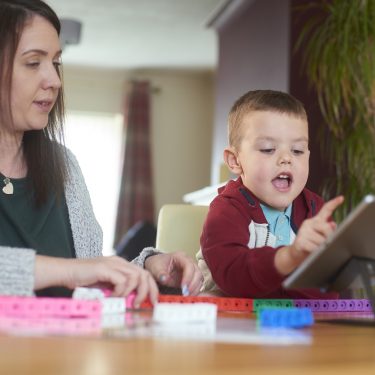
09/12/21
2 min read
Are young children healthier than they were two decades ago? The fifth review in our series explores this question through the lens of seven key indicators. Here we provide a summary of the data trends in young children’s health over the last 20 years, highlighting key findings from the review.
Overall, young children are healthier than 20 years ago and more children are receiving a better start in life. Infant mortality rates have fallen. Vaccination uptake rates have increased. Breastfeeding has increased. Tooth decay has declined. However, progress has stalled in the last five years, and across some indicators, young children’s health is getting worse. There have been small but unprecedented increases in rates of infant mortality, which increased three years in a row in England and Wales between 2015 and 2017 and in all four UK nations between 2018 and 2019. Rates of obesity and overweight in young children have been consistently too high and have soared during the pandemic.
Health inequalities are increasing, with poverty a significant driver of poorer health outcomes across all seven indicators. Inequalities are also evident between different regions and countries of the UK and different ethnic groups. Increasing levels of poor parental mental health also pose a risk for children’s health and well-being. The UK is now at a critical moment in securing the future of young children’s health.
Seven key indicators of young children’s health
- Infant mortality
- Immunisations
- Breastfeeding
- Obesity and overweight
- Oral health
- Mental health and emotional well-being
- Respiratory health
Infant mortality
There has been a significant decline in infant mortality in the UK over the last 50 years.
However, in the last five years, declines in the infant mortality rate have slowed significantly from 4.3 to 4.0 deaths per 1,000 live births.
Of particular concern, the infant mortality rate increased three years in a row in England and Wales between 2015 and 2017 and increased in all four home nations between 2018 and 2019.
Infant mortality rates vary among ethnic groups.
In England and Wales in 2017, infants from a Pakistani background had the highest rate of infant mortality at 7.3 deaths per 1,000 live births – more than double that of those from a White British background.
Infant mortality rates are higher for disadvantaged families.
Between 2015 and 2018, the infant mortality rate in England for those living in the most deprived areas was almost twice the rate of those living in the least deprived areas (6.0 compared with 3.1 deaths per 1,000 live births).
Deaths after the first 28 days were 2.4 times higher in the most deprived areas than the least deprived areas.
The UK’s current infant mortality rate is 30% higher than the median rate across the EU15+.
If UK infant mortality begins to decline again at its previous rate, the UK will be 80% higher than the EU15+ median in 2030.
Infant mortality rates are higher for disadvantaged families and inequalities are growing rather than shrinking
The maps below show the local authorities in England with above average rates of income deprivation affecting children, as well as the areas with above average rates of infant mortality (the darker blue areas). The maps highlight the clusters of local authorities—largely in and around urban areas—where there is both increased deprivation and increased mortality rates (geographical boundaries post April 2021).
Immunisations
There are notable variations in 5-in‑1/6‑in-1 vaccine uptake rates across the UK.
Scotland, Wales and Northern Ireland have all witnessed significantly higher uptake rates than England. Importantly, coverage in Scotland and Wales is above the 95% required to achieve herd immunity.
Within England, there is also considerable regional variation in take-up of the MMR vaccine.
None of England’s regions reached the WHO’s 95% vaccine coverage target, with only two regions with coverage of over 90%. Within England’s regions London is a notable outlier, with only 77% of children vaccinated by their fifth birthday.
Breastfeeding
Despite small increases in exclusive breastfeeding rates in the UK, they remain far below recommended levels.
There are significant disparities in breastfeeding rates across the UK, with evidence that socioeconomic factors account for the majority of variation.
Higher levels of local deprivation are associated with reduced rates of breastfeeding, with mothers from lower socioeconomic backgrounds less likely to breastfeed. As shown below, recent improvements in breastfeeding rates in Scotland are being seen across most groups with, critically, a reduction in inequalities between more and less deprived groups.
Women from ethnic minority backgrounds are more likely to breastfeed than White women.
Obesity and overweight
Between 2005 and 2019 rates of obesity and overweight in young children were largely static across the UK and remained far too high.
Child obesity has since soared during the pandemic, with the proportion of children aged four and five classified as obese in England rising from 9.9% in 2019/20 to 14.4% in 2020/21. Rates of severe obesity almost doubled, rising from 2.5% to 4.7%.
Around one in seven children are obese and one in 20 children are severely obese when they begin primary school.
There are growing inequalities in rates of obesity.
Children living in the most deprived areas are four times more likely to be severely obese, compared with children in the least deprived areas.
In Scotland, in 2000/1 and 2001/2, children in the least deprived areas were marginally more likely to be overweight or obese than children in the most deprived areas. Since then, this relationship has reversed, with a widening gap between the most and least deprived.
During the pandemic, the obesity prevalence gap between reception-age children living in the most and least deprived areas in England increased from 6.3 percentage points in 2019/20 to 10.7 in 2020/21.
Oral health
There have been significant declines in dental decay in young children over time but the pace of this improvement has slowed since 2014/15.
There are also significant inequalities in dental decay among young children by area, ethnicity, and level of deprivation.
Compared with the national average of 23%, prevalence varied among English regions from a low of 18% in the South East, to 32% in the North West. Inequalities by area are related to levels of deprivation. The prevalence of dental decay was nearly two and a half times higher in children from more deprived areas (34%) than in children from less deprived areas (14%) in England.
In 2019, dental decay was significantly higher in ‘Other ethnic groups’ (44%), and in the Asian/Asian British ethnic group (37%), than in other ethnic groups.
Mental health and emotional well-being
We know little about how young children’s mental health and emotional well-being have changed over the last 20 years.
However, recent data that surveyed parents in 2017 to screen for potential mental health disorders found one in 18 young children in England (aged between two and four years of age) may have a mental health disorder (6%). The same survey also showed there are significant inequalities in mental health disorders among young children, with disorders more prevalent among young children of families with poor parental mental health, lower incomes, and in receipt of benefits.
Respiratory health
There is limited data to assess whether the respiratory health of children under five is getting better or worse.
This is largely because most respiratory conditions remain undiagnosed until after the age of five. However, there is some evidence to suggest young children’s respiratory health is worsening — recent research found that three of the top five reasons for admissions for young children in England were for respiratory conditions.
What needs to change?
The health of young children, which is vital to the future health and well-being of adults and our society, is at a critical point. Our review recommends action on four fronts:
- A reassessment of whether young children are receiving adequate universal healthcare services.
- Further development of integrated services that meet both the health and non-health needs of young children and their families.
- Action to address child poverty.
- Research to explore how the associations between poor health and place, ethnicity, and level of deprivation intersect, compound and accumulate.




